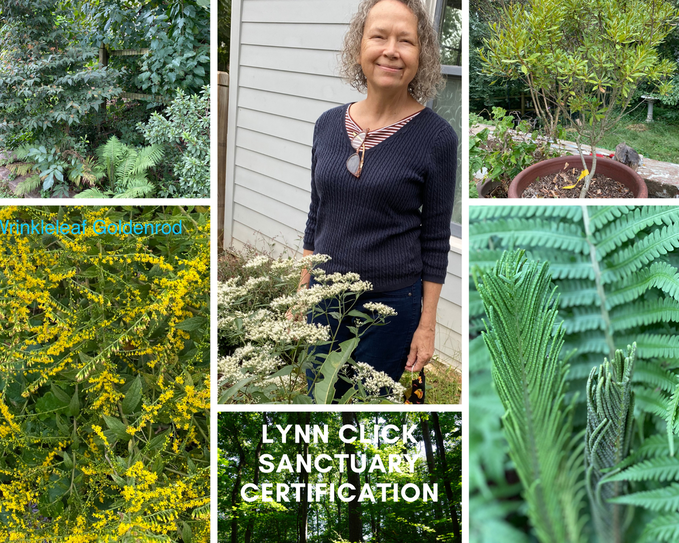 By Georgia LaMar, Avian Advocate Volunteer When did you decide to make your home an Audubon sanctuary? - I decided to create a haven friendly to wildlife in 2016 when we moved to this property and undertook a process to focus on native plants and a friendly environment. The decision to apply for sanctuary status was an idea for a birthday gift for Mark in January of this year. How would you describe your style? - I have an organic style. I placed certain features, like fencing, parking, vegetable garden, chicken coop; and then the rest filled in. We are fortunate to have different areas; sun, shade, dry, moist...so I had a lot to work with. And the yard had to be dog friendly! What is the one plant you can’t do without? - Hands down favorite plant is River Birch (Betula nigra.) What plant gives you the most bang for the buck? - Carolina Jessamine (Gelsemium sempervirens) has outperformed my expectations, and also Oakleaf Hydrangea (Hydrangea quercifolia.) Do you have a favorite trick? - As I am self-taught, with a strong desire to be a proper steward for my little patch on this planet, I read and listen. I pay attention to what grows and where, and that informs future decisions. What is the story on the Linden Tree that is in your yard? - My maternal grandfather took the name of his family farm upon maturity, as is the custom in Norway for a child to take the family name or the farm/land name. He immigrated to New Jersey, where my mother, and I grew up. My name Lynn honors my mother’s maiden name Lindland (land of the lindens). It became important to me to plant a linden tree in my yard, and it is flourishing. I cannot wait to see it bloom! About Linden Trees: (Linden trees fall within the Tilia genus and are part of the Tilioideae (or Tiliaceae) subfamily. This same family also includes trees and shrubs like the Rose of Sharon (Hibiscus syriacus), phalsa (Grewia subinaequalis), durian (Durio zibethinus), and the Illawarra flame tree (Brachychiton acerifolius). Linden trees have heart-shaped leaves, similar to Aspen trees, that sometimes look lopsided when one side of the heart shape forms bigger than the other. Long bracts form above clusters of small round fruit that produce a drupe. The linden tree's flowers—a favorite of bees—make their showing from May to July. Some beekeepers cultivate lindens specifically to boost honey production. You can eat the tree's leaves and tea can be made from its flowers. – from The Spruce Magazine.)
0 Comments
Your comment will be posted after it is approved.
Leave a Reply. |
AuthorBirds Georgia is building places where birds and people thrive. Archives
April 2024
Categories |

 RSS Feed
RSS Feed

